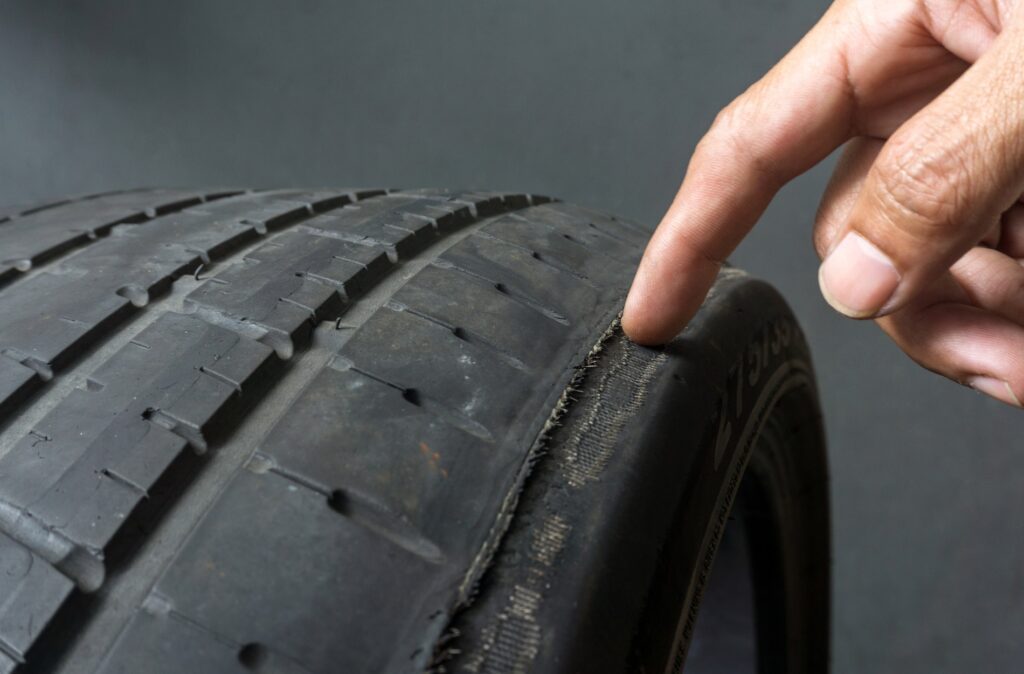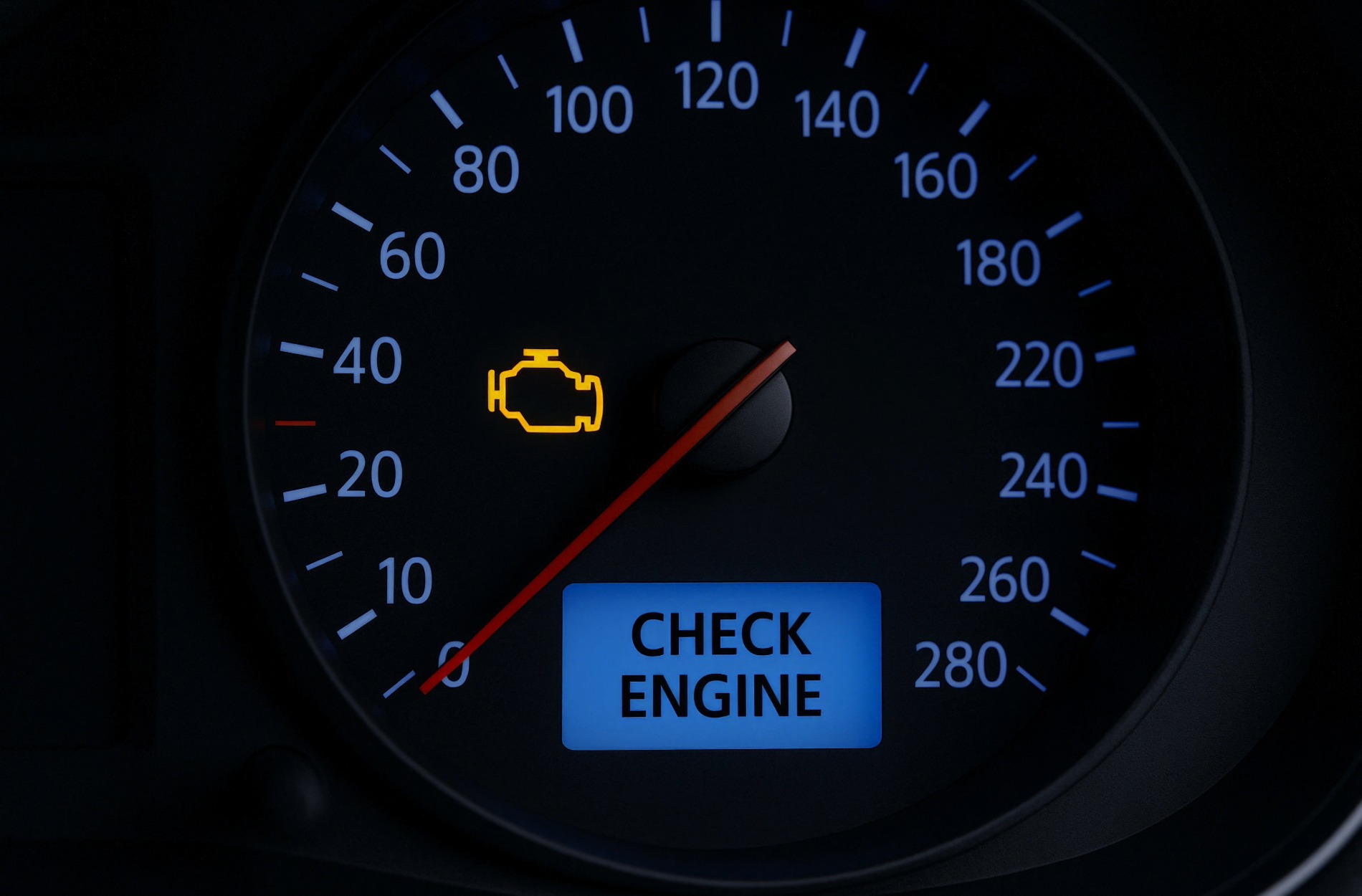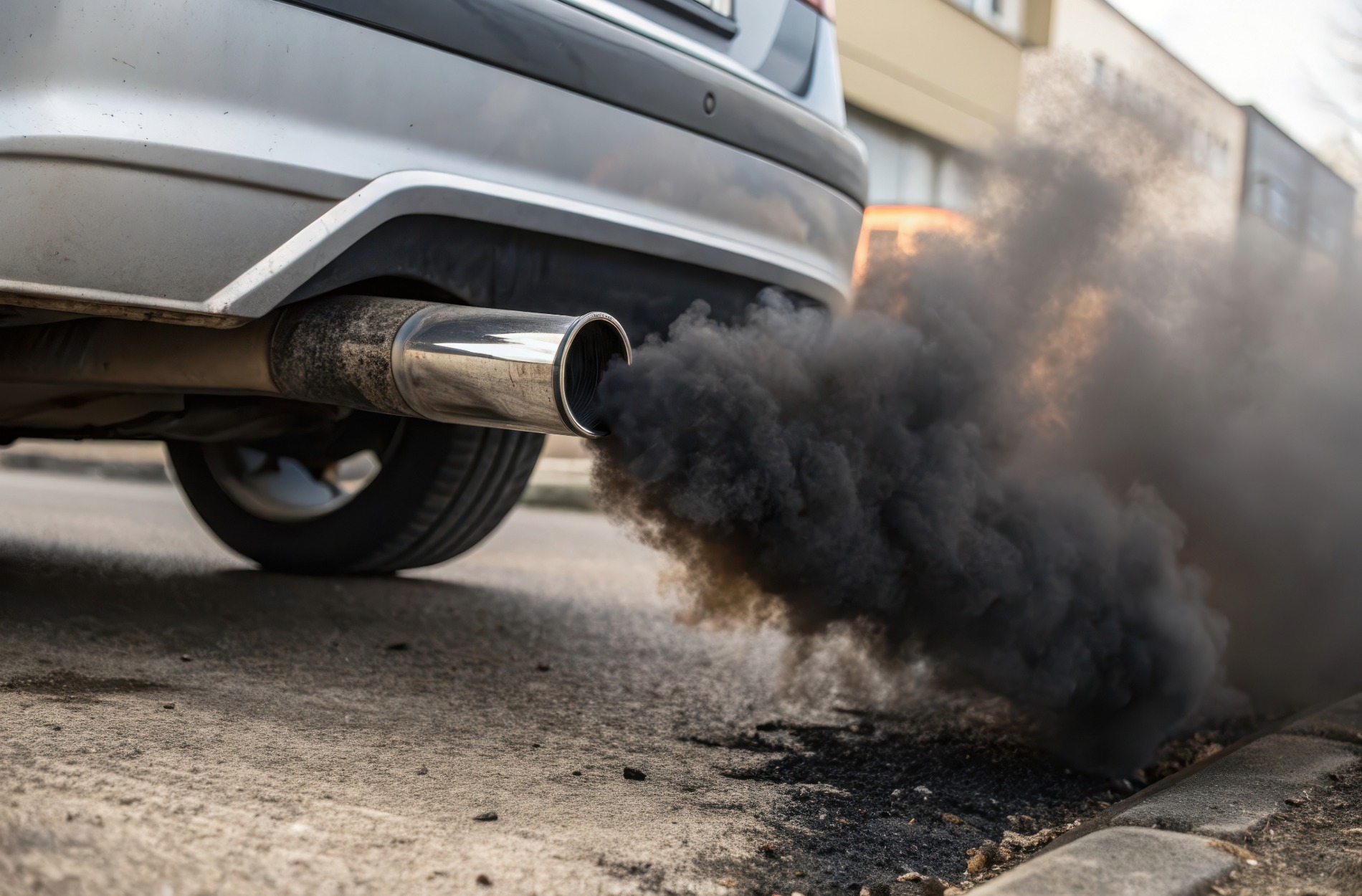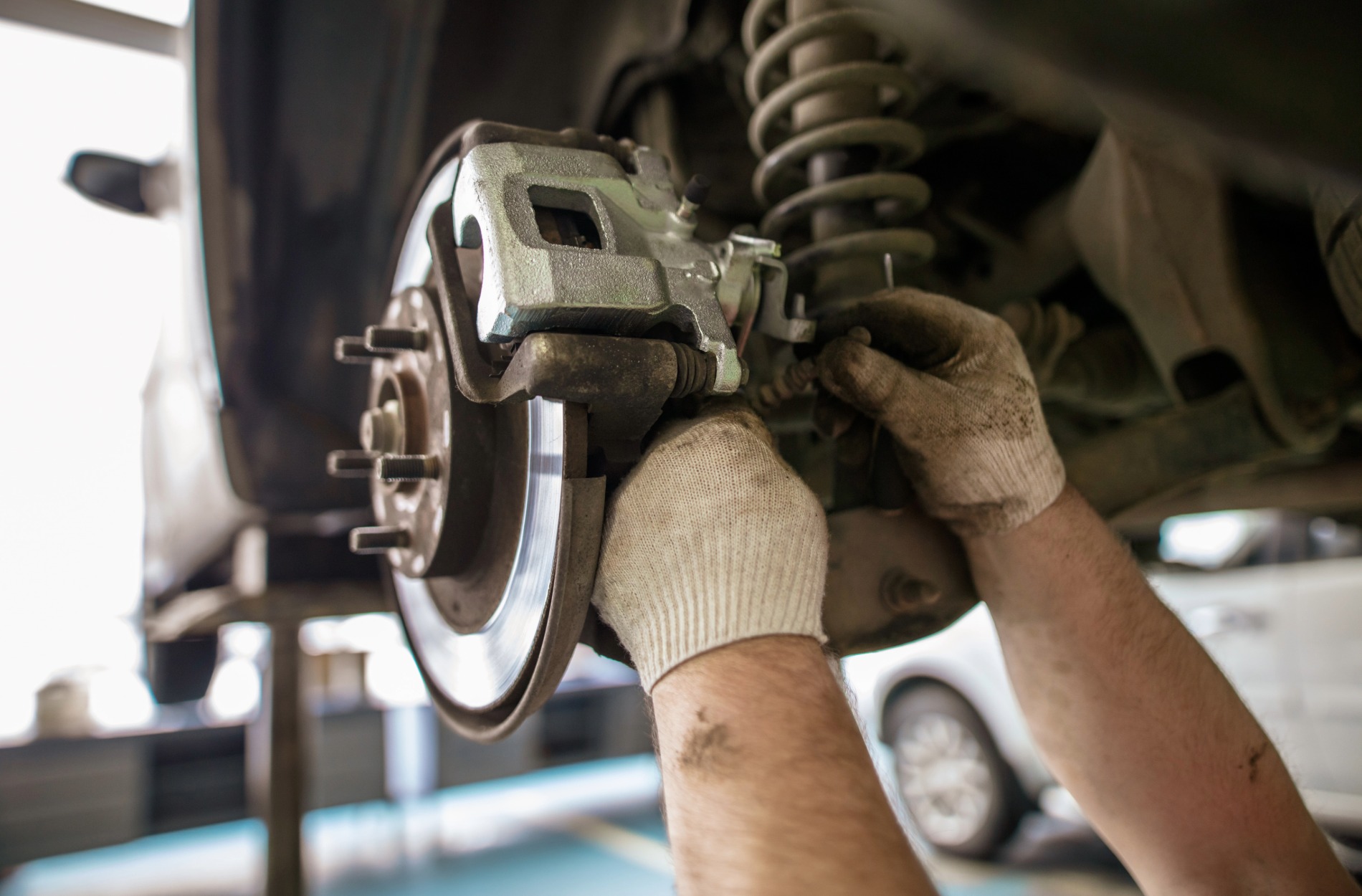Your tires take a lot of wear over time, and most of the time, it happens without much notice. But tires don’t just wear out at random. The way they wear down can tell you a lot about how your car is performing. Tire maintenance isn’t just about tread depth or checking pressure every now and then. The patterns your tires show as they wear can give early warning signs of problems that could affect your safety on the road.
Ignoring tire wear might seem easy to do when your car still drives fine from point A to point B. But the truth is, certain patterns can be a heads-up that something more serious is going wrong. Uneven or unusual tire wear can lead to less traction, longer stopping time, and even a tire blowout. Catching the signs early can keep you safer and save you money down the line.
Common Tire Wear Patterns And What They Mean
Each tire tells a story. When the tread wears down in certain spots more than others, it usually ties back to something specific like how the car is aligned, how the tires are inflated, or how often the wheels are rotated. Knowing how to read these patterns can help you spot problems before they get worse.
Here are some common wear types and what they often signal:
– Center Wear: If the middle of the tread is more worn than the edges, your tires might be overinflated. Too much air pressure causes the center to make more contact with the road, wearing it out faster.
– Edge Wear: When both outside edges of the tire wear faster than the middle, it often points to underinflation. The tire isn’t fully inflated, so it sags and puts more pressure on the edges.
– One-Sided Wear: If only one side of the tire shows more wear than the other, that could be a sign of poor alignment. It may also mean suspension trouble.
– Cupping or Scalloping: These small dips or patches in the tread often suggest that shocks or struts could be worn out. The bouncing motion of bad suspension parts creates this uneven wear pattern.
– Feathering: This is when the tread ribs feel smooth on one side and rough on the other. It typically means there’s an issue with toe alignment, which is the angle at which the tires point inward or outward.
For example, if you notice irregular dips across the tread surface, it might be tempting to write those off as damage from rough roads. But that pattern could mean your suspension isn’t absorbing bumps the way it should. That can lead to a rough ride, less control, and preventable tire damage.
Getting familiar with these wear patterns helps you stay ahead of small issues before they become expensive or dangerous.
Common Causes Behind Dangerous Wear
Tire damage doesn’t happen without a reason. Something is usually going on underneath it all that causes the wear to be uneven or quicker than expected. A small issue left unchecked can slowly impact your vehicle’s control, fuel use, and overall safety.
Here are some of the most common reasons tire wear becomes dangerous:
– Overinflated or Underinflated Tires: Incorrect pressure doesn’t distribute the car’s weight evenly. High pressure wears out the center of the tread. Low pressure wears out the edges. Both decrease your car’s control and grip.
– Bad Alignment: If wheels aren’t aligned properly, they drag and cause extra friction. Over time, this builds uneven wear. Even a slightly off alignment can lead to major tire breakdown.
– Worn Suspension Parts: Suspension holds your tires to the road. When shocks, struts, or bushings wear out, they don’t hold the tire steady. This often causes cupping or scalloping.
– Unbalanced Wheels: When a wheel is out of balance, it wobbles. You might not feel it right away, but it creates vibrations and uneven tire wear. It also puts stress on steering and suspension.
– Aggressive Driving and Hard Braking: Fast cornering, sudden stops, or hitting potholes at high speeds can heat up your tires and wear them quickly. That kind of wear usually shows up fast.
Even things like skipping tire rotations or ignoring small vibrations matter. What feels like a harmless shake in the steering wheel might be a warning. That shake may lead to visible wear or steering problems in a few weeks.
Figuring out the cause of the problem is the first step to breaking the cycle and keeping your tires going strong.
How To Inspect Your Tires At Home
You don’t need to be a tire expert to check if yours are wearing right. A quick look every few weeks can tell you if something’s wrong. With just a few simple steps, you can spot early signs of trouble.
Follow these instructions:
1. Park on a flat surface. Make sure the tires are cool to the touch.
2. Use a flashlight to check the entire surface of each tire.
3. Run your hand across the tread. Feel for dips, uneven surfaces, or bald spots.
4. Use a penny for a quick tread depth check. Insert it head-first into the groove. If you see the top of Lincoln’s head, it’s time to replace the tires.
5. Look closely at both the inside and outside edges.
6. Listen for humming, thumping, or vibrations while driving. Those can be signs of uneven wear.
7. If you feel shaking in the steering wheel or seat, your tires may be out of balance or damaged.
A tread depth gauge is a small and cheap tool that can come in handy for more accurate readings. If you spot anything strange like bubbles, side cracks, or visible steel belts, it’s time to get a professional to look at it.
Recognizing When It’s Time For Tire Replacement And Repair
Some signs of tire wear are obvious. Others creep in without much notice. Either way, it’s important to act before the problems get worse.
It’s time to consider tire replacement and repair when:
– The tread depth is low or the tread bars become level with the surface
– You see odd diagonal lines cutting across the tread
– The sidewall has bulges, deep scratches, or visible cracking
– You hear thumping or humming while driving
– The car starts to pull one way
– There are strong vibrations in your seat or steering wheel
– One or more tires wear out much quicker than the others
Let’s say your car rides fine on smooth streets but starts shaking around 50 mph. That shaking could be a sign of uneven wear or poor balance. One bad tire can knock off steering, comfort, and safety. Waiting too long risks damage to more than just your tires.
Acting early may save your alignment, suspension, and wallet.
Simple Habits That Keep Your Tires in Shape
Tire care isn’t just about checking pressure. Good habits and attention to small changes can make your tires last longer and ride better. Regular upkeep cuts down on surprise repairs and gives you peace of mind at any speed.
Here’s what helps:
– Check your tire pressure monthly
– Get your alignment checked if your vehicle starts pulling to one side
– Rotate your tires with every oil change or every 6,000–8,000 miles
– Drive steady and avoid hard braking or speeding over bumps
– Get your suspension inspected if the ride feels rough or floaty
Whether you’re heading out for a road trip or just getting through the workweek, taking the time to catch signs of tire wear makes the road safer for you and everyone around you. Small checks now can help avoid costly breakdowns later.
If you’re seeing any of these signs or just want to be sure everything’s in good shape, H&I Automotive is here to help with expert tire replacement and repair services.
Keeping your tires in good shape not only safeguards your ride but also makes every drive feel smoother and safer. If you’ve noticed any uneven wear or just want to make sure everything’s in top shape, H&I Automotive offers expert tire replacement and repair to help keep you confidently on the road.




